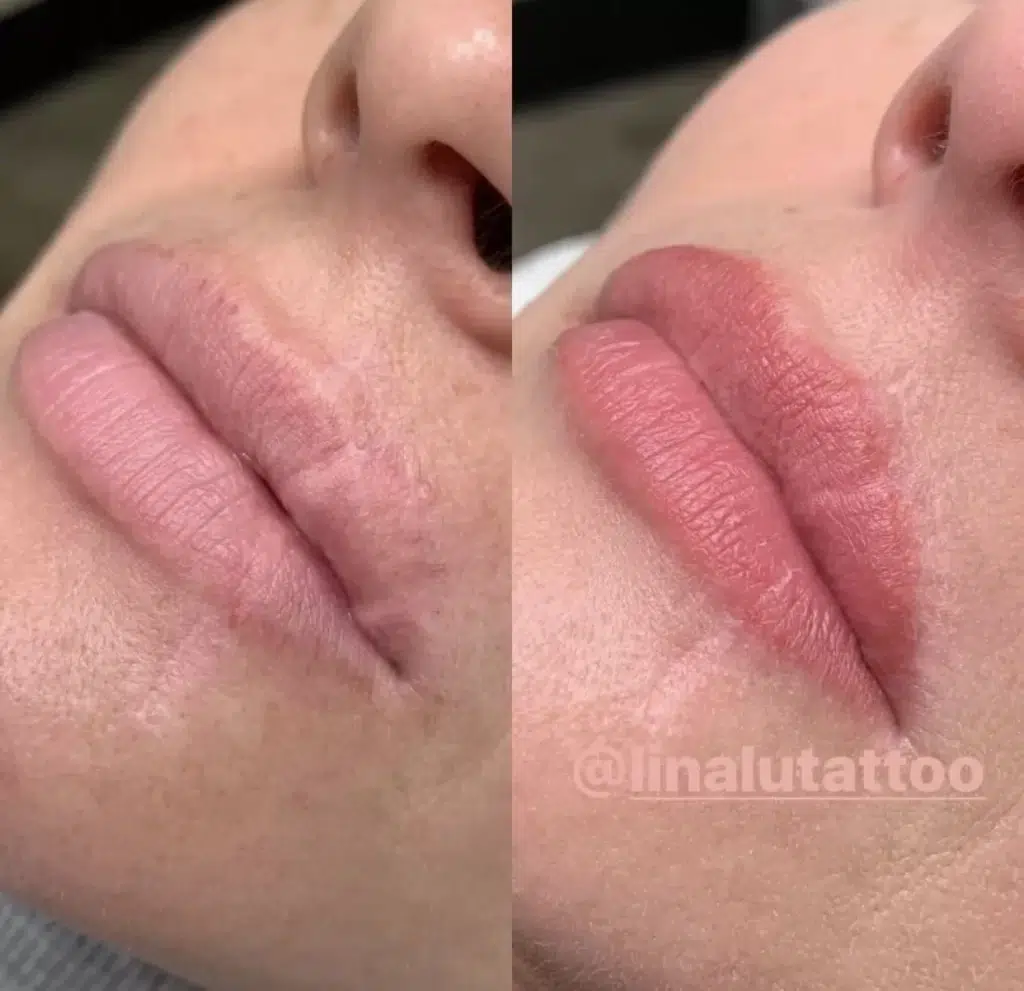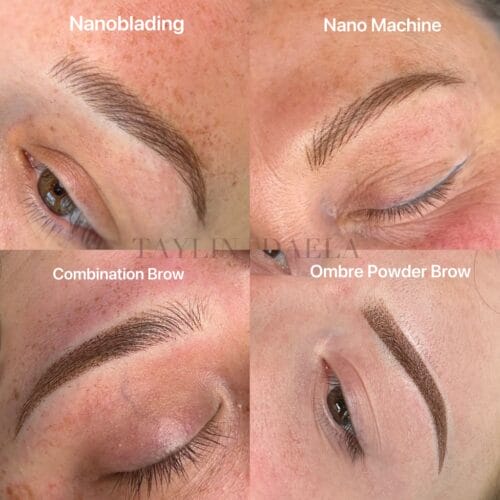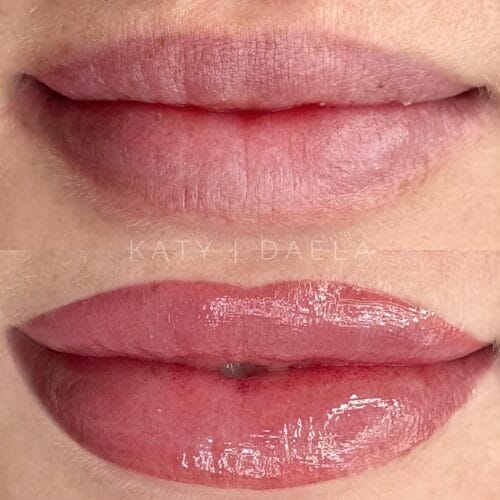Can You Cover Up a Scar with a Tattoo?
Yes, you can cover up a scar with a tattoo. There are two types of tattoos to consider: Traditional Tattoo or Scar Camouflage Tattoo.
Here are some key points to consider when covering a scar with a tattoo:
Types of Scars Suitable for Tattoo Cover-Ups
- Surgical Scars: Scars from surgeries can be effectively covered with tattoos.
- Traumatic Scars: Scars from accidents or injuries can also be covered.
- Stretch Marks: These can be camouflaged with specially designed tattoos.
- Self-Harm Scars: These scars can be effectively covered with tattoos.
- Burn Scars: Depending on the severity and texture, burn scars can be covered.
This blog is going to cover all the details involved with medical tattoos for scars, otherwise known as paramedical tattoos. We’ll explore the exciting world of scar camouflage tattoos and their numerous possibilities. We have a lot of scar cover up tattoo ideas, so read on!
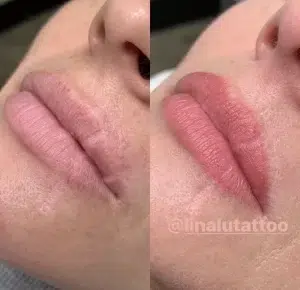
Pros and Cons of Scar Camouflage Tattoos:
Scar camouflage tattoos, also known as paramedical or corrective tattooing, offer a variety of benefits and drawbacks. Here are some of the main pros and cons:
Pros
- Improved Aesthetics: Camouflage tattoos can significantly reduce the visibility of scars, blending them with the surrounding skin tone and improving overall appearance.
- Increased Confidence: Many individuals feel more confident and comfortable in their skin after scar camouflage, especially in social and professional settings.
- Non-Invasive: Compared to surgical scar revision procedures, tattooing is less invasive, with a shorter recovery time.
- Long-Lasting Results: With proper care, the results of scar camouflage tattoos can last for several years before requiring touch-ups.
- Customizable: The color and technique can be tailored to match individual skin tones and specific scar characteristics, providing personalized results.
Cons
- Variable Results: The success of the camouflage can vary based on factors such as scar type, age, location, skin type, and the skill of the tattoo artist.
- Color Matching Challenges: Achieving a perfect color match can be difficult, especially for individuals with complex or varied skin tones. DAELA Artists are extensively trained in the art of color matching.
- Fading and Discoloration: Over time, the tattooed area may fade or change color, requiring touch-ups to maintain the desired appearance.
- Possible Allergic Reactions: Some individuals may experience allergic reactions to the tattoo pigments used.
- Pain and Discomfort: The process is minimally painful or uncomfortable, similar to traditional tattooing.
- Not Suitable for All Scars: Some scars, particularly those that are raised (hypertrophic) or keloid scars, may not be ideal candidates for camouflage tattooing.
- Maintenance: Tattoos require care and maintenance, including sun protection and potential touch-ups, to ensure they continue to look their best.
8 Types of Scars That Can Be Successfully Camouflaged with Tattoos:
Various types of scars can be successfully camouflaged with tattooing, often referred to as paramedical tattooing or scar camouflage tattooing. Here are some common types of scars that can benefit from this technique:
- Surgical Scars: Scars resulting from surgeries, including plastic surgery, mastectomy, and other medical procedures, can be effectively camouflaged.
- Traumatic Scars: Scars from accidents, injuries, or burns can be softened and blended with the surrounding skin tone using tattooing techniques.
- Stretch Marks: Stretch marks from pregnancy, weight gain, or growth spurts can be camouflaged to match the surrounding skin.
- Acne Scars: Superficial acne scars and discoloration can be improved with specialized tattooing techniques.
- Self-Harm Scars: Scars from self-inflicted injuries can be effectively camouflaged to match the surrounding skin, helping to reduce their visibility.
- Vitiligo: For those with stable vitiligo (where the condition is not spreading), paramedical tattooing can help even out skin tone by adding pigment to depigmented areas.
- Hypopigmented Scars: Scars that have lost pigmentation can be tattooed to match the surrounding skin color.
- C-Section and Tummy Tuck Scars: Scars from common surgical procedures like cesarean sections and tummy tucks can be blended with the skin to reduce their visibility.
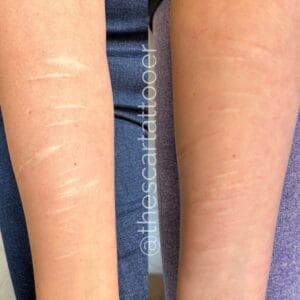
Shonna Roberts works from DAELA Portland and DAELA Vancouver. If the Portland Metro isn’t convenient, DAELA Cosmetic Tattoo has multiple locations with master artists ready to provide exceptional services. Find the nearest DAELA studio to enjoy the expertise and personalized attention that define the DAELA experience.

